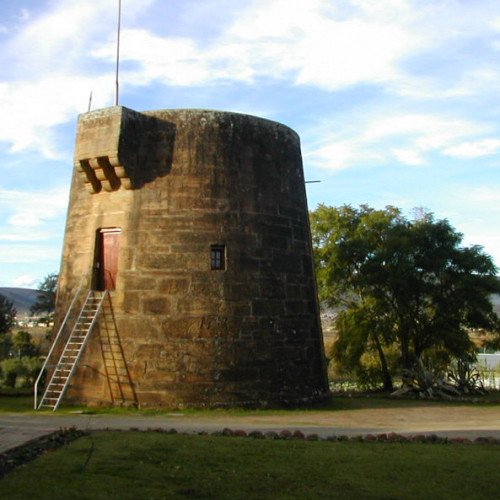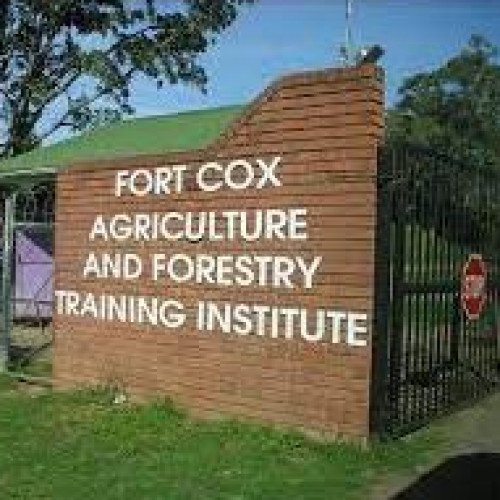Castles of "South Africa" FORT BEAUFORT vs FORT COX

FORT BEAUFORT
Fort Beaufort (Xhosa: iBhofolo) is a town in the Amatole District of South Africa's Eastern Cape Province, and had a population of 25,668 in 2011. The town was established in 1837 and became a municipality in 1883. The town lies at the confluence of the Kat River and Brak River between the Keiskamma and Great Fish Rivers. Fort Beaufort serves as a mini-'dormitory' for academic staff and students of Fort Hare University, based in the nearby town of Alice, and is also close to Sulphur Springs. It is also the birthplace of South African politician and anti-apartheid activist who is also the first Premier of the Eastern Cape Raymond Mhlaba and his former first wife Joyce Meke. The roots of Fort Beaufort is a mission station that the Reverend Joseph Williams of the London Missionary Society established in 1816. In 1822, Colonel Maurice Scott of the Royal Warwickshire Regiment constructed a blockhouse about three miles from the mission station as a military frontier post and stronghold against raids by the Xhosa under their chief, Maqoma. The British named it Fort Beaufort to honour the Duke of Beaufort, father of Lord Charles Henry Somerset, first British governor of the Cape Colony (1814 to 1826). After the 6th Xhosa War (1834–1835), Governor Sir Benjamin d'Urban authorised construction of a fort at the site of the original blockhouse. The new buildings included a military hospital, guard houses, infantry barracks, and officers' quarters. In 1839, the British commenced work on what is probably the world's only inland Martello tower, a small, circular Napoleonic era design hitherto used only in coastal defences. The tower was completed in 1846. Today, the original howitzer remains mounted on the roof on a traversing carriage that gives it a 360-degree field of fire. The tower has been restored after having served for some time as a public latrine.
Statistics for this Xoptio

FORT COX
Fort Cox near Middledrift in the Eastern Cape, South Africa was a frontier fort in the Amatola Mountains on a loop of the Keiskamma River. Dating back to 1835, it was named after Major William Cox of the 75th Regiment and accommodated a garrison of six Royal Artillery, one company of British Infantry and 160 Hottentots. Like many fortifications of its time, it was simply an earth redoubt reinforced with stone and consisting of a quadrangle of strong stone cottages and walls. Surrounded by high hills, Mount MacDonald and Seven Kloof Mountain towering beyond, it was well situated as a base for patrols of the valleys and ravines of the Amatola and Keiskamma Mountains during the frequent wars and unrest of the period. The ruins of the fort are still to be seen. Fort White, situated on the Debe Flats, was its nearest neighbour on the way to King William’s Town. The site was abandoned in 1836 when the British left the region, and was rebuilt in 1846 to deal with the Seventh Xhosa War. On 29 December 1850, during the Eighth Frontier War with the Xhosas, some 220 British troops were forced to retreat to Fort Hare after an unsuccessful attempt to relieve Sir Harry Smith, besieged at Fort Cox. The site currently houses the Fort Cox College of Agriculture & Forestry.